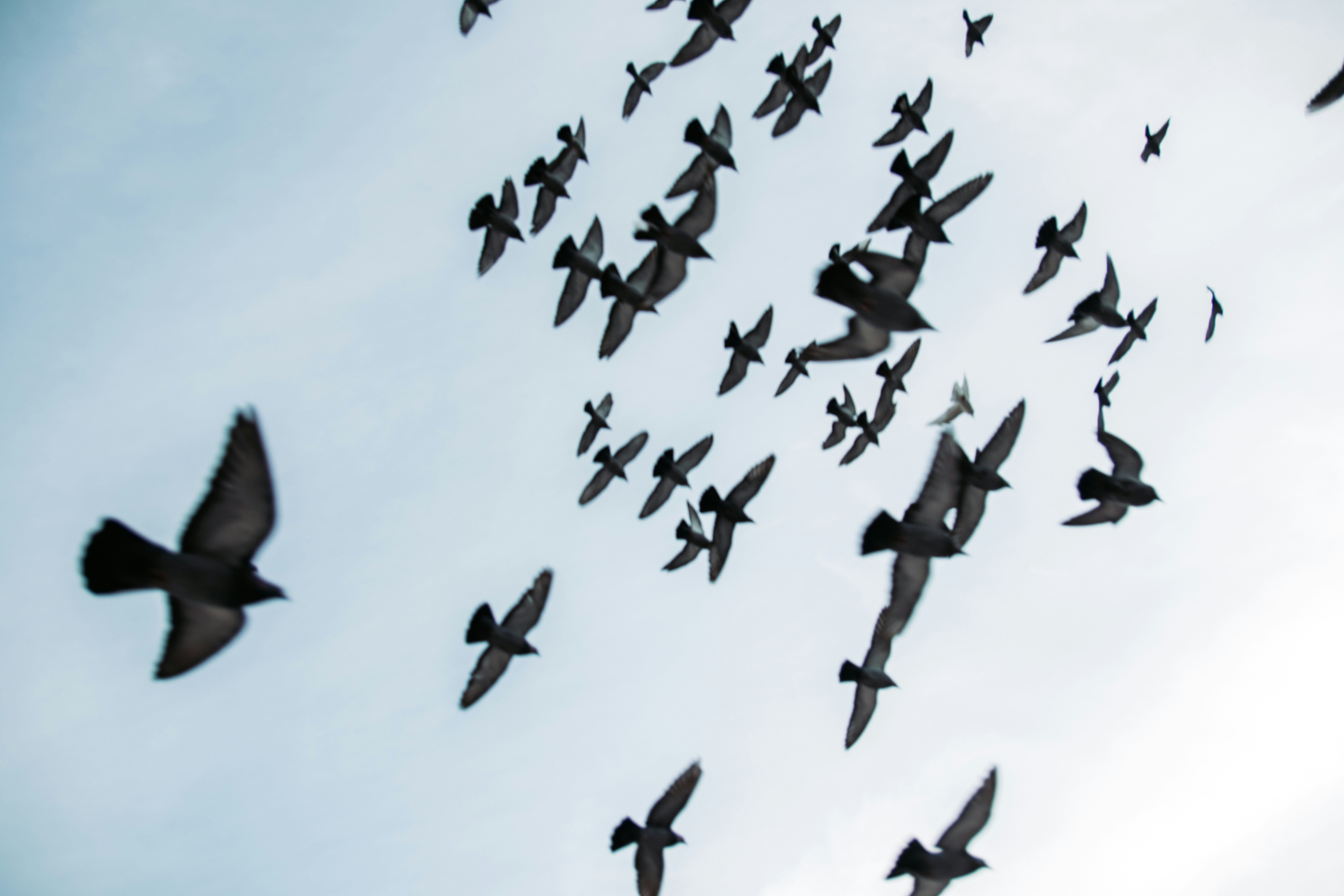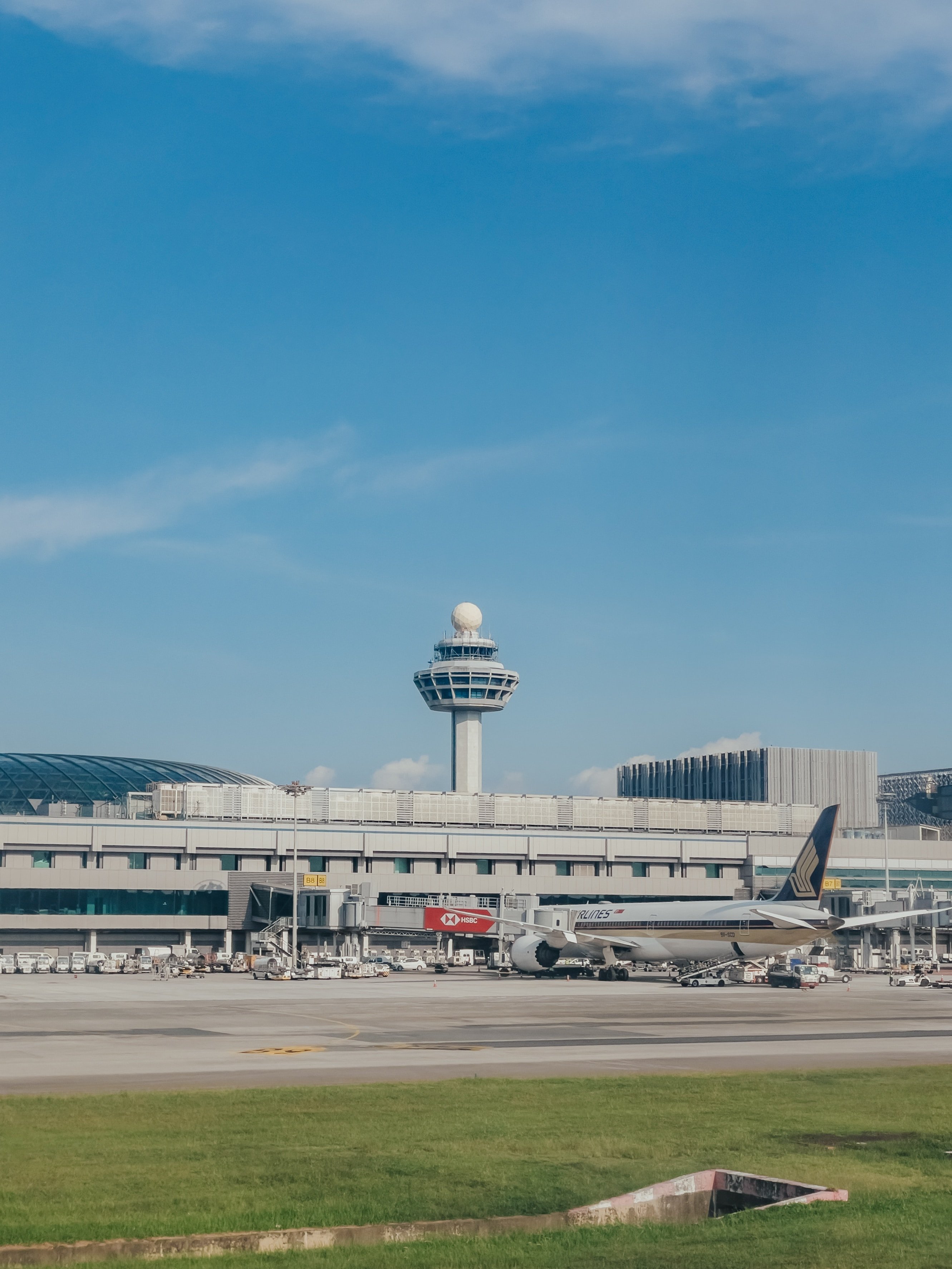Dealing With Bird Strikes and Other Wildlife Strikes
As a pilot, increasingly, you must be on the lookout for wildlife strikes. The Federal Aviation Administration (FAA) keeps a National Wildlife Strike Database that contains records of wildlife strike reports since 1990, and the numbers show that unwanted collisions with all kinds of wildlife are becoming more frequent.
Wildlife Hazards by the Numbers
On its dashboard, the FAA indicates that wildlife strikes on aircraft are increasing in the United States and elsewhere. It’s a considerable number.
- In 1990, the number of reported wildlife strikes stood at approximately 1,800.
- By 2018, the FAA said that number had grown to 18,000.
In total, 291,600 wildlife strikes with civil aircraft were reported between 1990 and 2023. In 2023 alone, there were around 19,400 strikes at 713 airports across the country.
Additionally, U.S. air carriers reported 5,100 strikes at foreign airports last year (92 airports in 55 countries).
Since pilots report wildlife strikes voluntarily, the information listed only represents what the FAA has received from airlines, airports, general aviation pilots, and other sources. In other words, the number of strikes that occur each year may exceed those reported.
The FAA attributes the growing number of reported wildlife strikes to several factors, including expanding wildlife populations, increased aircraft movements, a trend toward faster and quieter aircraft, and outreach to the aviation community.
Bird Strike Risks

The agency specifies that approximately 97 percent of all wildlife strikes involve bird activity. About two percent involve terrestrial mammals, and less than one percent involve flying mammals (such as bats) and reptiles.
Unsurprisingly, medium-sized and large birds tend to do more damage than small birds. The FAA identifies waterfowl (ducks and geese), gulls, and raptors (mainly hawks and vultures) as particular threats for bird strikes occurring in the United States. Operators wrangle with those species the most, per pilot bird strike reports.
European starlings are responsible for the greatest loss of human life, while vultures and waterfowl cause the most losses to U.S. military aircraft.
The Impact of Wildlife Strikes
In its advisory circular on reporting wildlife aircraft strikes (AC 150/5200-32B), the FAA says wildlife strikes on U.S. civil aircraft cause about $718 million in damage to aircraft and about 567,000 hours of civil aircraft downtime each year.
The agency adds that wildlife strikes have killed more than 293 people and destroyed over 271 aircraft from 1988-2020.
Wildlife Hazard Management
The FAA says the data from wildlife strike reports have enabled a scientific approach to identifying risk factors, figuring out the proper corrective actions to take at airports, and assessing the effectiveness of those corrective actions. The agency has worked with the United States Department of Agriculture (USDA) for nearly two decades to study this phenomenon, using the data it collects to provide practical tips for airport operators and other parties in the aviation industry to help reduce wildlife strikes.
For instance, the FAA has urged airport managers to widen their view of wildlife management to consider habitats and land uses within five miles (or sometimes greater distances) of airports due to external land use adjacent to the airport that might encourage wildlife to gather. Moreover, it suggests that airplanes might need special lighting to see wildlife better.
Your Role as Pilot in Command (PIC)
Despite the FAA’s work to prevent wildlife strikes, you must operate carefully to avoid serious incidents. The Avian Hazard Advisory System (AHAS) is a practical tool you can borrow from the U.S. Air Force to prevent the likelihood of birds hitting your aircraft. AHAS uses NEXRAD and other pertinent data to measure the odds of bird-aircraft strike hazards, a valuable addition to your preflight risk assessment.
You must exercise extra caution to avoid strikes below 10,000 feet and within the terminal area of the airport, where an emergency landing would be challenging if bird ingestion leads to an engine failure or a strike on your windscreen causes damage to the aircraft.
As soon as practical, your goal should be to leave that area where, statistically, strikes are high. However, your briefing should include plans for what to do if a strike occurs. Broadly, you should remember to do the following.
Fly the Plane
Depending on where the bird strikes your aircraft, the incident could range from a minor nuisance to a Captain Sully-level emergency. For instance, if a tufted titmouse glances off your fuselage, the only evidence of the encounter may be your relieved reaction that it wasn’t worse.
But if a fatted goose lumbering through the sky engages the leading edge of your wing with the force of a frozen chicken fired from a cannon, you could find yourself struggling to maintain control as you find a suitable place to land.
Notify Air Traffic Control
As soon as it’s safe to do so, get on frequency to notify ATC of your bird-versus-airplane encounter, your condition, the size and number of birds you noticed, and your location. The controllers will want to warn other pilots.
Additionally, let airport personnel know if the reported bird strike happened near an airport. You must do so under Part 139.
Complete the FAA Wildlife Strike Report
Once you make it safely back on the ground, you should fill out the Appendix 1 in the Aeronautical Information Manual.
The form is very detailed and seeks to gather as much information as possible. The phase of flight, part of aircraft that was struck or damaged, effect on flight out, bird size (if applicable), cost of the damage, and aircraft downtime are among the 27 items the FAA requests from pilots reporting wildlife strikes. All the data goes into the agency’s database, especially its wildlife reports.
Once you complete the FAA report, you should fill out a NASA report as well.
Help Identify the Bird
Lastly, the FAA would greatly appreciate your assistance in identifying the bird species. To help out, simply do the following:
- Scrape a representative sample of “snarge” from the skin of your aircraft.
- Put it in a plastic bag of some form.
- Seal it well.
- Mail it to the Smithsonian Institution Feather Lab for morphological and DNA analysis.
For more information on acquiring and shipping a sample, refer to this page on the FAA website.
Share this
You May Also Like
These Related Articles

ATC Light Gun Signals: What You Need To See and Know

The IMSAFE Checklist and the Art of Preflighting the Pilot

.jpg?width=4096&height=2730&name=beckett-p-SFsrWqAWOMI-unsplash%20(1).jpg)